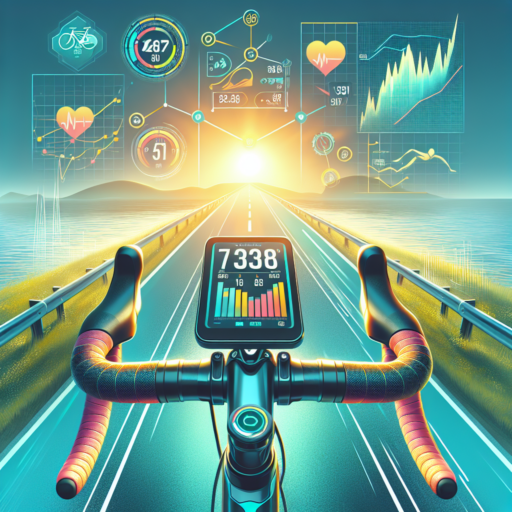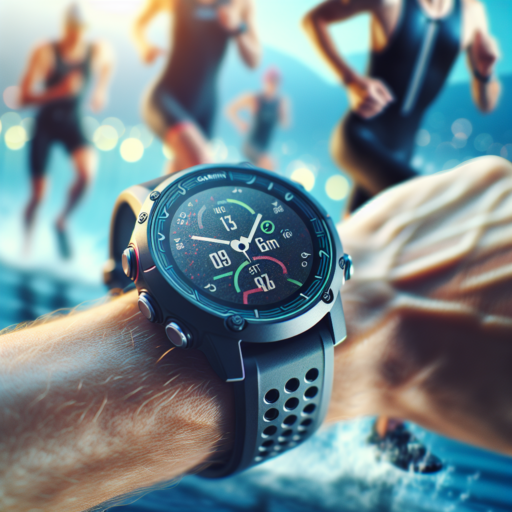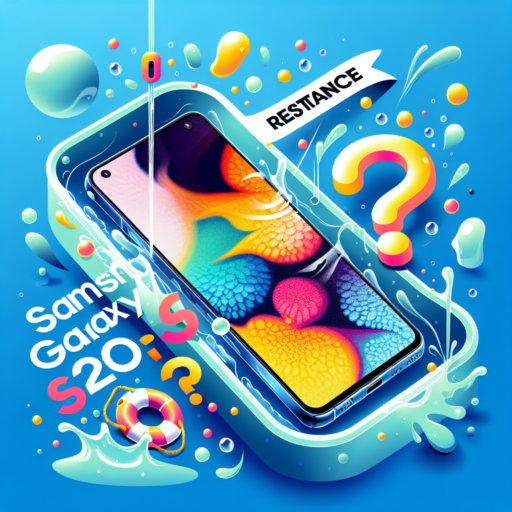Can I use a bike computer in a triathlon?
Participating in a triathlon demands accurate tracking of performance across swimming, cycling, and running. When it comes to the cycling segment, using a bike computer can offer a significant edge. These devices provide detailed data that can help athletes monitor their pace, comprehend their cadence, and ensure they’re expending their energy efficiently throughout the course.
Athletes often wonder about the legality and practicality of employing a bike computer during a triathlon. The answer varies depending on the specific rules set by the race organizers. Generally, bike computers are allowed as they do not interfere with the fairness of the competition. They are considered tools for personal performance enhancement rather than competitive advantage against others. Bikers benefit from real-time feedback on their performance, which can be crucial for pacing and strategic energy reserve.
However, while choosing a bike computer for a triathlon, several factors should be considered. The device should be waterproof, durable, and capable of lasting throughout the bike portion of the race without recharging. Additionally, the complexity of the device matters; a bike computer that’s too complicated can detract from the racing experience rather than enhancing it. Simple, efficient, and quick-to-read interfaces are preferred to ensure the focus remains on the race.
What bike computer do Tour de France riders use?
Tour de France riders deploy the most advanced technology to ensure precision and performance on their rides. Among the myriad of gadgets they utilize, the bike computer stands out as crucial for real-time data during races. This device plays a pivotal role in aiding riders with navigation, tracking speed, distance, cadence, and power output. But what exact models adorn the bikes of these elite cyclists?
Garmin and Wahoo emerge as the frontrunners in the choice of bike computers among Tour de France competitors. Garmin’s Edge series, with the Garmin Edge 1030 Plus being a prominent choice, offers comprehensive navigation features, training options, and the ability to monitor cycling dynamics intricately. Riders appreciate its large display and long battery life, making it ideal for the extensive, demanding stages of the Tour.
Similarly, the Wahoo ELEMNT ROAM is another favorite, cherished for its user-friendly interface, robust build, and reliable GPS functionality. Its seamless integration with various online platforms allows riders to plan routes, analyze post-ride data, and even compete in virtual races. The ELEMNT ROAM’s customizable display ensures that all vital metrics are visually accessible with minimal distraction, a crucial factor during high-speed descents and challenging mountain climbs.
What bike computer do most pros use?
When exploring the world of professional cycling, it becomes apparent that one tool is indispensable on the roads and trails: the bike computer. These sophisticated devices offer a plethora of data critical to optimizing performance, from simple metrics like speed and distance to more complex data such as power output and navigational aids. One brand, in particular, stands out as a favourite among the pros: Garmin.
Garmin’s dominance in the professional peloton is no coincidence. Their range of bike computers, especially the Garmin Edge series, is celebrated for its reliability, advanced features, and user-friendly interface. The Garmin Edge 1030 Plus, for instance, is a model frequently spotted on the handlebars of world-class cyclists. This model offers unmatched GPS accuracy, detailed mapping, and the ability to monitor a vast array of metrics – essential for training and race strategies.
Another aspect that sets Garmin apart is its connectivity and compatibility. These devices seamlessly integrate with various sensor types and third-party apps, making them a versatile tool for cyclists across disciplines. Moreover, the real-time data sharing and incident detection features ensure that riders stay safe and connected, even during the most grueling stages of a race.
No se han encontrado productos.
What type of bike is best for a triathlon?
Choosing the right type of bike for a triathlon is pivotal for achieving a competitive edge. The answer largely depends on factors such as the specific triathlon distance, the athlete’s skill level, and their budget. However, among various types of bikes, triathlon-specific bikes and road bikes are considered the most suitable options for triathletes aiming for efficiency and speed.
Triathlon-specific bikes, also known as time trial (TT) bikes, are designed with aerodynamics at their core. These bikes feature a geometry that allows athletes to maintain a more streamlined position, which can significantly reduce wind resistance. The inclusion of aerobars for positioning the hands closer together further helps in cutting through the air more effectively. This design can save precious seconds over long distances, making TT bikes an excellent choice for longer triathlons such as Ironman or half-Ironman distances.
Road bikes, on the other hand, offer greater versatility and comfort. They are equipped with a geometry that makes them more suitable for varied terrain, making them a preferred option for triathlons with challenging bike courses or for athletes who value comfort over long distances. While they may not be as aerodynamically optimized as TT bikes, modern road bikes are becoming increasingly aerodynamic, closing the gap between themselves and triathlon-specific models. Moreover, for beginners or athletes participating in shorter triathlon formats like Sprint or Olympic distances, road bikes can be an ideal, cost-effective choice.




